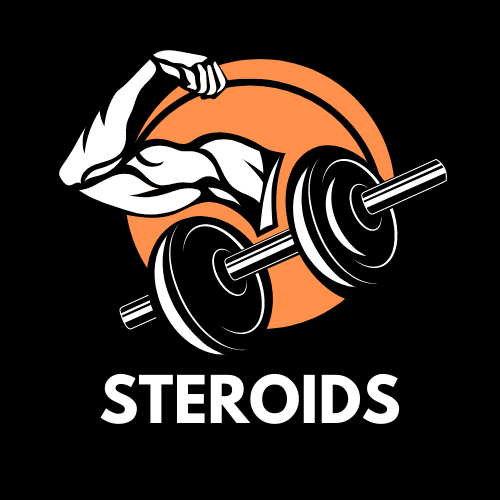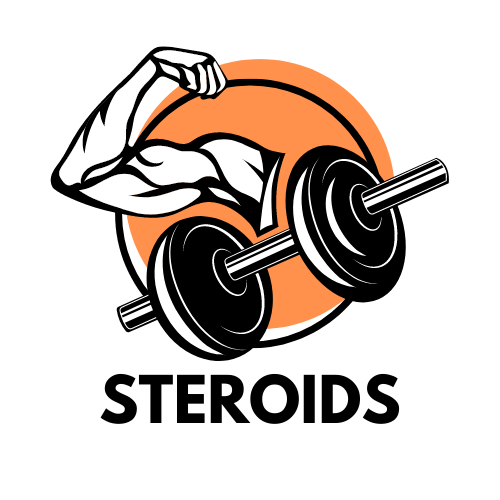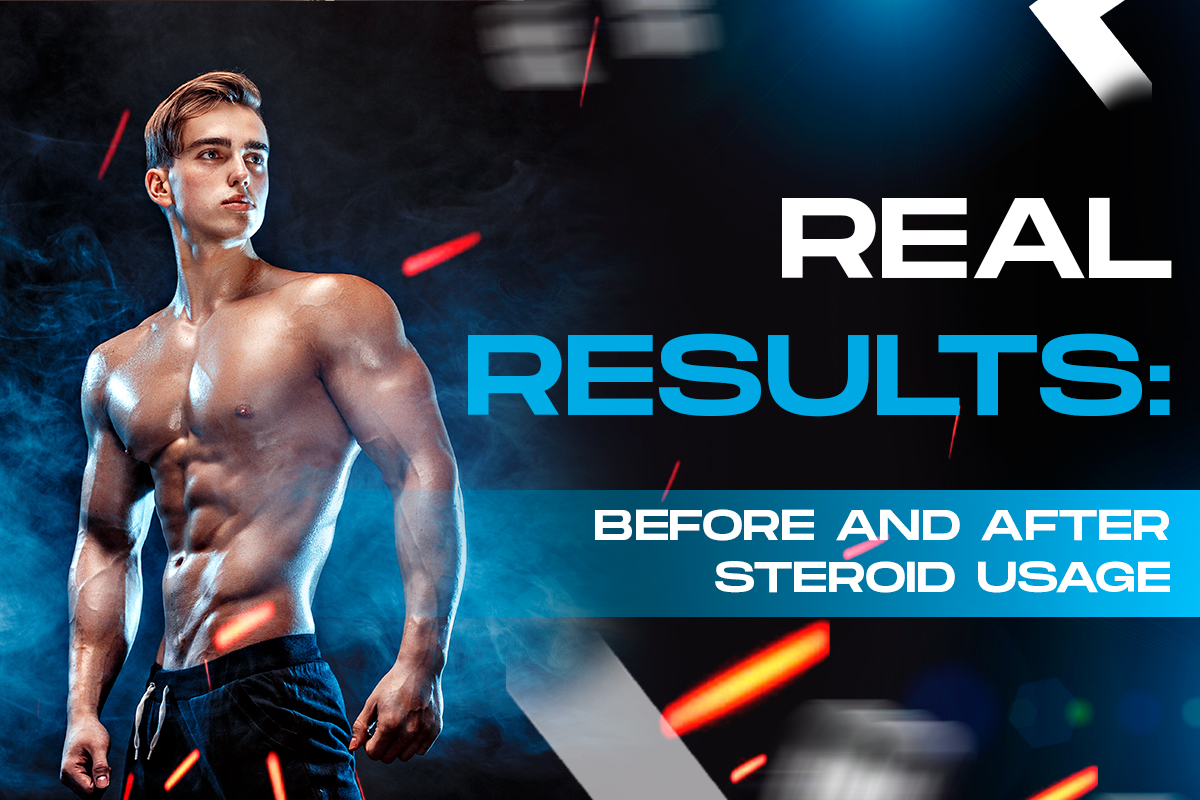Bodybuilding steroids, often referred to as anabolic steroids, are synthetic substances similar to the male hormone testosterone. They are commonly used in the sporting world due to their performance-enhancing effects, with bodybuilders making up a significant portion of users. Steroids have the ability to increase muscle mass, strength, and stamina, accelerating the muscle-building process significantly. However, it’s important to note that this rapid muscle gain doesn’t come without consequences.
The use of bodybuilding steroids can lead to both beneficial and harmful outcomes. On the positive side, steroids can facilitate substantial increases in muscle mass, overall strength, and reduce recovery time. Nevertheless, the drawbacks are crucial to consider. The risks include a range of health issues from minor side effects like acne and mood changes to serious concerns like heart conditions, liver problems, and infertility. The decision to use steroids should never be taken lightly, given the potential repercussions on overall health and well-being.

When Were Anabolic Steroids Introduced in Bodybuilding?
Anabolic steroids have been part of bodybuilding for quite some time. Although it’s not easy to pin down an exact date, most sources indicate that these substances were introduced to the bodybuilding scene during the 1950s. This was around the same time when the term ‘anabolic-androgenic steroids’ came into existence, giving a name to these performance-enhancing substances. From then on, they started to gain traction amongst bodybuilders, allured by the promise of increased muscle mass and improved performance.
At the beginning, their use was not as contentious as it has become today. In the initial days, the major downside of steroids – their health risks – was not fully understood. This allowed their usage to flourish, with proponents highlighting the benefits of increased muscular development and strength without giving much thought to the potential risks.
By the 1960s and 1970s, steroids had taken a firm hold in bodybuilding. Their popularity grew, fueled by the remarkable transformation they could produce – take a look at some of the competitors during this era, and it’s clear that steroids were a significant part of the regimen. This time also saw the growing concern over the negative impacts of these substances, though the full extent of their risks was yet to be explored thoroughly.
In the following years, the dangerous side effects of long-term steroid use gradually came to light. We began seeing instances of individuals suffering from severe health issues as a result of extended steroid use. As more research was conducted, the severe side effects like heart disease, liver damage, and hormonal imbalances started to become more apparent.
Despite these revelations, the allure of steroids in bodybuilding persisted and continues to persist in some circles even today. Their use, however, is now widely criticized, and the sporting community has taken steps to ban and regulate the use of such substances. Yet, while there is an understanding of the risks, the debate continues about their place in bodybuilding. They undoubtedly can help achieve spectacular results, but the potential for harm poses a significant concern — a challenge the bodybuilding community navigates even today.
What are the Most Popular Steroids Used in Bodybuilding?
In the sphere of bodybuilding, there are several types of steroids that have gained popularity due to their ability to enhance muscle growth and improve performance. However, it’s crucial to note that while their benefits can be significant, they come with a range of potentially serious health risks which should not be overlooked.
Firstly, Dianabol is often cited as the most commonly used anabolic steroid. Its popularity stems from its ability to quickly and effectively build muscle mass. Dianabol is primarily used during bulking phases, where the main goal is to increase the size of the muscles. Another widely mentioned steroid is Anadrol. Known for its potent effects, Anadrol is utilized for its immense muscle and strength gains, but carries a significant risk of side effects, including mood swings and liver damage.
Then there's Trenbolone, a powerful steroid that is renowned for its muscle-building capabilities. It's often used by experienced bodybuilders due to its ability to maintain muscle mass while promoting fat loss. The downside? Trenbolone is known to be one of the harshest steroids, presenting potential users with a long list of severe side effects.
Finally, there’s Anavar and Winstrol, which are usually preferred during cutting phases. These steroids are known for their capability to maintain lean muscle tissue while promoting fat loss, helping bodybuilders achieve a sculpted look. However, their usage also invites a range of health-related concerns.
These are just a few examples of the various anabolic steroids used in bodybuilding. While they have contributed to awe-inspiring body transformations, the risks associated with their use are substantial. The muscle growth and performance enhancement they offer often come with the heavy price of serious health issues that should always be taken into consideration.
Solo Cycles: Steroids Before and After Results 60 Days
When it comes to steroids and bodybuilding, a common method of use is the ‘solo cycle,’ which involves the use of a single steroid within a dedicated timeframe. A typical timeframe can be 60 days, which is believed to allow for significant results while also reducing the potential for side effects. The before and after-results of such a cycle can be dramatic, depending on the specific steroid used.
For example, consider a bodybuilder embarking on a 60-day solo cycle of Dianabol, a powerful steroid. In the initial days, they’re likely to experience rapid gains in muscle mass and strength. This can be quite exhilarating, as their body undergoes a noticeable transformation in a relatively short span of time.
However, with the progress also comes a slate of potential side effects. Over the 60-day cycle, the bodybuilder might encounter mood swings, acne, and in certain cases, signs of liver stress. They may also notice an increase in body fat and water retention, which can have a negative impact on their overall physique quality.
As the cycle reaches its end, assuming the individual completes the full 60 days, significant gains in muscle mass can be expected. However, once the cycle ends, and the steroids are discontinued, the body may experience a ‘crash’ phase. During this time, the body tries to restore its hormonal balance, which often results in a loss of some, if not most, of the gained muscle and strength.
So, a 60-day solo cycle can indeed bring about impressive results, but it also comes with its hazards. The significant transformation within a short time could be thrilling, but the potential for harmful side effects and post-cycle muscle loss highlights the risks of such practices. Hence, it's crucial to maintain a comprehensive understanding of what it entails and consider the potential ramifications they might have on one's health and well-being.
Solo Cycles: Steroids Results Before and After 90 Days
Among the tactics employed by some bodybuilders to enhance their physique, the implementation of a solo cycle of steroids lasting 90 days is a notable one. One steroid taken over three months can considerably alter a person’s build. The results can be dramatically noticeable before and after such a cycle, but it’s essential to remember that steroid use also carries significant potential for harm.
Imagine a 90-day cycle with a potent steroid like Trenbolone. The progression of physical transformation could be strikingly significant. In the initial month, the user might see considerable gains in muscle mass and reductions in body fat. Their strength may increase noticeably, and recovery times post-workout could reduce dramatically.
However, steroids aren’t devoid of drawbacks. The user might start facing challenges over the 90-day cycle. Trenbolone, for instance, could cause severe acne, mood fluctuations, and sleep disturbances. There might also be an increase in aggression, often termed ‘roid rage.’ It’s important to note that these side effects could appear at various stages of the cycle, affecting the user’s well-being.
By the end of the 90 days, the dramatic transformation would most likely be highly visible. Expect gains in muscle mass and strength, with a leaner, sculpted physique. However, these gains come at a high price, with a slew of potentially serious health issues.
Once the 90-day solo cycle ends, the steroid withdrawal might trigger what’s often termed a ‘crash.’ This period is characterized by a significant drop in the body’s hormone levels, trying to restore natural balance. This often leads to substantial loss of the achieved muscle mass and strength and could cause mood disturbances. As you can see, the before and after-results of a 90-day solo cycle are significant, yet they are accompanied by a range of potential health issues that can’t be dismissed.
Stacked Cycles: Steroids Before and After Results 60 Days
Within bodybuilding circles, the notion of ‘stacked cycles’ involves combining different types of steroids during a set timeframe, such as 60 days. Stacking steroids is believed to optimize the benefits of each type while minimizing side effects. The aim is to achieve more significant results than what could be accomplished through a solo cycle. However, even though the idea promises to bring impressive transformations, it’s important not to overlook the potential risks for one’s health.
When a bodybuilder participates in a 60-day stacked cycle, they strategically combine anabolic steroids to work together in enhancing specific aspects of their fitness. For instance, a combination of Dianabol for muscle gains and Winstrol for increasing muscle hardness could be employed. During the initial stage of the cycle, the user may observe a considerable improvement in muscle mass and strength, thanks to such a combination.
As the cycle progresses, the stacked nature of this approach could intensify the positive effects. However, the simultaneous use of multiple steroids also increases the probability of encountering adverse side effects. These can include mood swings, acne, or even symptoms of liver stress, depending on the steroids involved in the stack.
By the end of the 60 days, the results achieved through a stacked cycle might be significant and impressive. The alterations in their physique and performance could be awe-inspiring. However, the remarkable transformation may come with the price of potentially severe health effects due to the complex interactions between the multiple steroids involved in a stacked cycle.
In conclusion, the before and after results of a 60-day stacked cycle can indeed be remarkable, but they should never be taken lightly. The potential health risks of such practices should always be thoroughly considered, and the importance of making informed decisions that prioritize one’s well-being cannot be overstated.
Stacked Cycles: Steroids Results Before and After 90 Days
Using stacked cycles of steroids is an approach that bodybuilders follow to achieve noticeable results over a pre-set timeframe, such as 90 days. The process requires combining various anabolic steroids with each drug playing a specific role in enhancing bodily fitness. This technique aims to maximize overall results and surpass what one could expect from a solo cycle. Despite promising impressive transformations, the potential risks to physical health should always be taken into consideration.
A bodybuilder on a 90-day stacked cycle strategically administers steroids to synergize their effects. For instance, they might use Testosterone for muscle growth, Anavar for fat burning and muscle retention, and Deca Durabolin for joint pain relief. As the cycle progresses, the user will likely experience substantial improvements in muscle mass, strength, and overall athletic performance.
However, the complex nature of the stacked cycle also exposes the user to cumulative side effects of each selected steroid. Adverse reactions such as mood swings, high blood pressure, or even cardiovascular issues may arise, depending on the active steroids in the stack. These side effects might occur at any point during the cycle, potentially impacting the user’s well-being and health.
Upon completing the 90-day stacked cycle, the user might witness significant improvements in muscle mass, bodyfat reduction, and physique definition. The differences between the before and after results can be nothing short of astounding. Still, it’s crucial to remember that these accomplishments carry potential health risks due to the combined effects of numerous steroids.
In summary, the results of a 90-day stacked cycle of steroids can be strikingly impressive, but that should not overshadow the potential impact on one’s health. It is crucial to analyze the potential consequences and prioritize well-being while understanding the risks and making informed decisions.
The Most Common Adverse Steroid Effects
Steroids, often known for their performance-enhancing capabilities within athletic and bodybuilding circles, might come with a substantial drawback – the risk of adverse effects. These negative consequences might vary depending on the individual and the type of steroid being used. While steroids can provide remarkable benefits like muscle growth and strength, it’s essential to remain aware of the potential harm they may cause.
One of the most frequently seen side effects is the development of acne. When anabolic steroids are introduced into the body, they might result in an increase in oil production in the skin. This increased oiliness can lead to clogged pores and, eventually, the onset of acne. The severity of acne can vary, but it generally affects the face, back, and upper torso.
Another common adverse effect associated with anabolic steroid use is the alteration of mood and behavior. Emotional fluctuations like increased irritability and aggression, often termed ‘roid rage,’ can be problematic for the user and the people around them. Additionally, more severe mental health issues like depression and anxiety might surface, further impacting the individual’s overall well-being.
Steroids can also have negative implications for cardiovascular health. The use of anabolic steroids might contribute to an increase in “bad” LDL cholesterol and decrease in “good” HDL cholesterol. This imbalance can exacerbate the potential for developing atherosclerosis and increase the risk of heart diseases, like heart attacks or strokes.
In conclusion, while steroids are well-known for their capacity to enhance physical performance, it’s crucial to consider the potential adverse effects before deciding to use them. These consequences range from acne and mood swings to the more dangerous risks related to cardiovascular health. Prioritizing well-being and understanding the possible dangers associated with steroid use should always be a vital aspect of making well-informed decisions.
Why Steroid Cycles Require Post Cycle Therapy
Steroid cycles can have a significant impact on physical transformation and athletic performance. However, another critical aspect of steroid use, often overlooked, is post-cycle therapy (PCT). After completing a steroid cycle, PCT plays a crucial role in helping the body return to its normal state.
The primary purpose of PCT is to guide the body’s hormonal environment back to balance after it has been altered by a steroid cycle. Steroids, particularly anabolic types, have a potent effect on the body’s production of hormones like testosterone. An excessive amount of external steroids may cause the body to reduce or halt its natural testosterone production. Once the steroid consumption ceases, PCT protocols aim to stimulate the body’s natural ability to produce testosterone again.
Without a suitable PCT protocol, it might take a considerable amount of time for natural hormone levels to normalize, which could place considerable stress on the body. This could lead to loss of the muscle mass gained during the steroid cycle. Thus, it’s in the user’s best interest to implement a sound PCT protocol upon completing a cycle.
Post-cycle therapy usually involves the use of specific drugs which can encourage natural testosterone production. Clomid and Nolvadex are a couple of examples. They function by blocking estrogen receptors within the body, which can stimulate luteinizing hormone and follicle-stimulating hormone. This, in turn, can kickstart the body's natural testosterone production once again.
In summary, post-cycle therapy is a pivotal aspect of responsible steroid use. Aimed at reestablishing normality after a steroid cycle, it ensures the physical well-being of the individual. Even though steroid cycles can provide the sought after transformations, understanding the essential role of PCT is crucial to maintaining health and preserving the gains made.
Steroids for Men vs Steroids for Women
There’s a clear difference when discussing the usage of steroids between men and women. Although they serve similar purposes in both genders, aiding in muscle building and fat loss, the effects and considerations vary distinctly due to the differences in physiological make-up and hormonal balances.
When men use steroids, primarily the anabolic variety, the main goal often revolves around increasing muscle mass, strength, and overall athletic performance. Men’s bodies naturally produce a higher quantity of testosterone, the hormone most anabolic steroids are derived from. Thus, many of the side effects observed in men, like acne, male pattern baldness, or increased body hair, are essentially an amplification of their existing male characteristics.
Conversely, for women, the situation is a bit more complex. Women naturally have lower testosterone levels, so introducing anabolic steroids can result in more pronounced changes termed as ‘virilization.’ These may include deeper voice, facial hair growth, or even changes in menstrual cycle. Due to these potential adverse effects, women often resort to steroids that are considered milder or less likely to cause virilization, like Anavar and Primobolan, to minimize the risk of these issues.
It’s also essential to mention that the dosages used often differ between the two sexes. Men typically use larger doses due to their naturally higher testosterone levels. Conversely, women take lower doses due to their lower natural testosterone levels and in an attempt to avoid the adverse virilization effects.
In conclusion, men and women use steroids for similar purposes like muscle growth, strength enhancement, and fat loss. However, due to on the inherent physiological differences, they experience different side effects and risks. The potential for negative impacts further underscores the importance of adequate knowledge and careful consideration when deciding to use steroids.

Conclusion
In summary, steroids are often used to enhance athletic performance and attain desired physical transformations. However, it’s crucial to understand the potential risks, side effects, and differences in usage between men and women. Knowledge about the importance of post-cycle therapy in restoring hormonal balance further emphasizes the need for informed decisions and personal responsibility when choosing to use steroids. Weighing the potential benefits against the risks and striving for well-being should always be a priority in the pursuit of personal fitness and health goals.
FAQ Regarding Bodybuilding Steroid Results
Here are four FAQs regarding bodybuilding steroid results:


